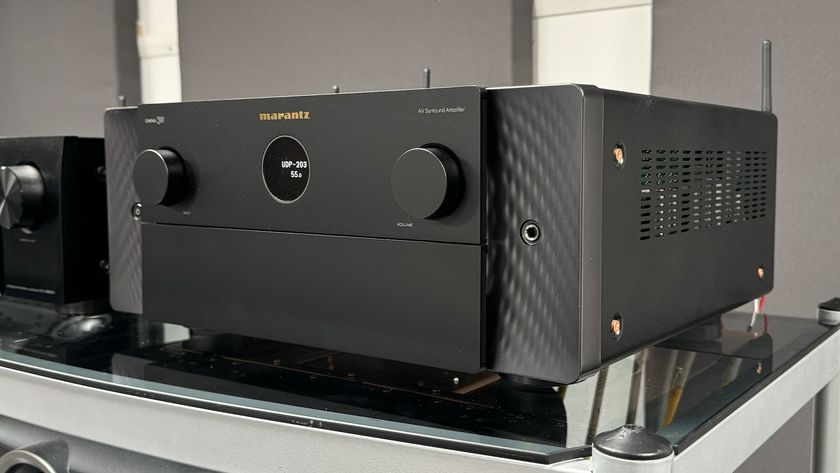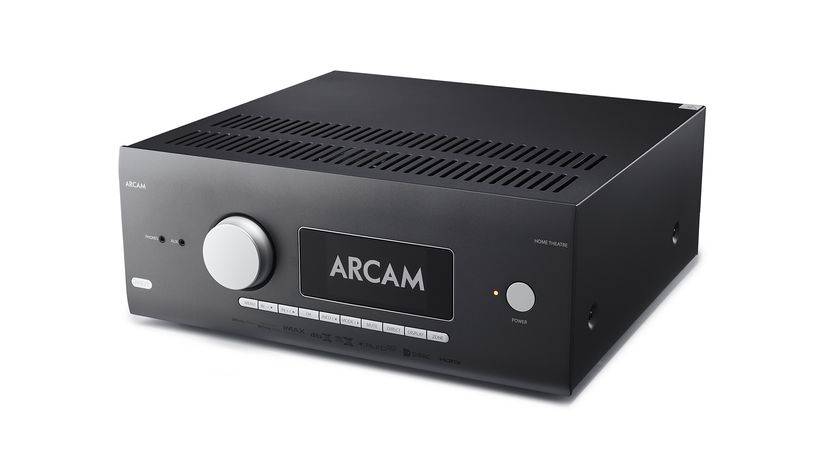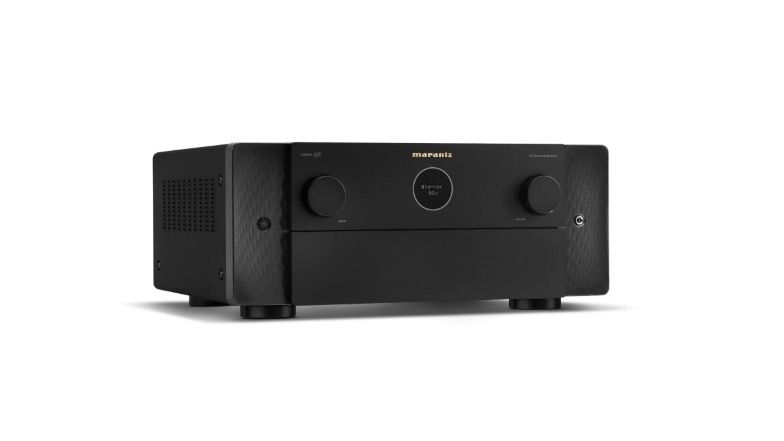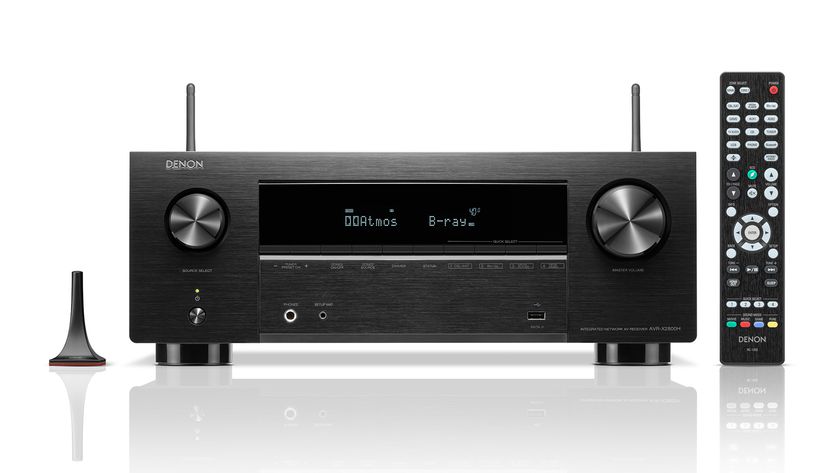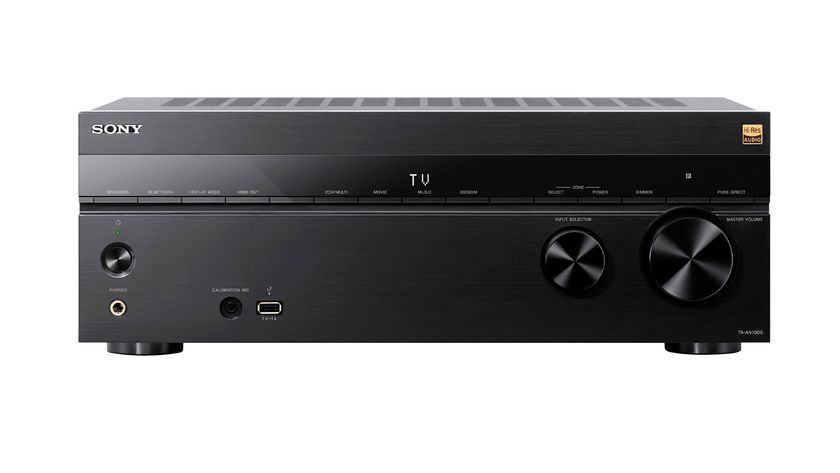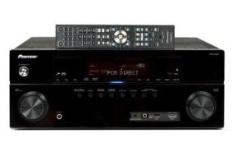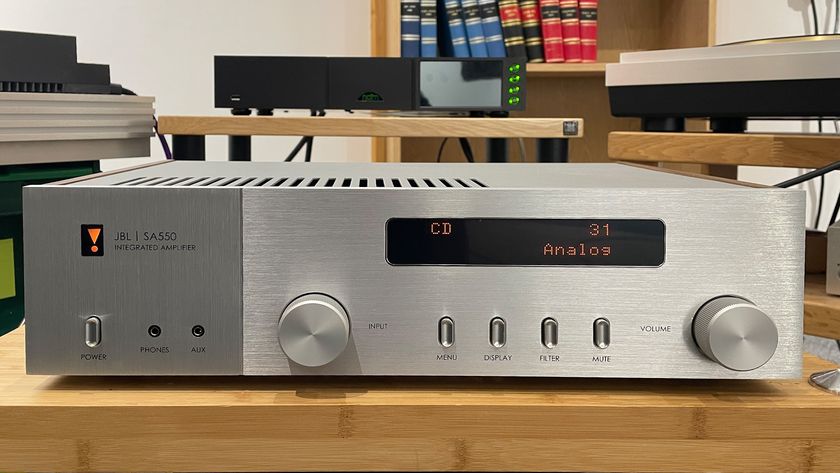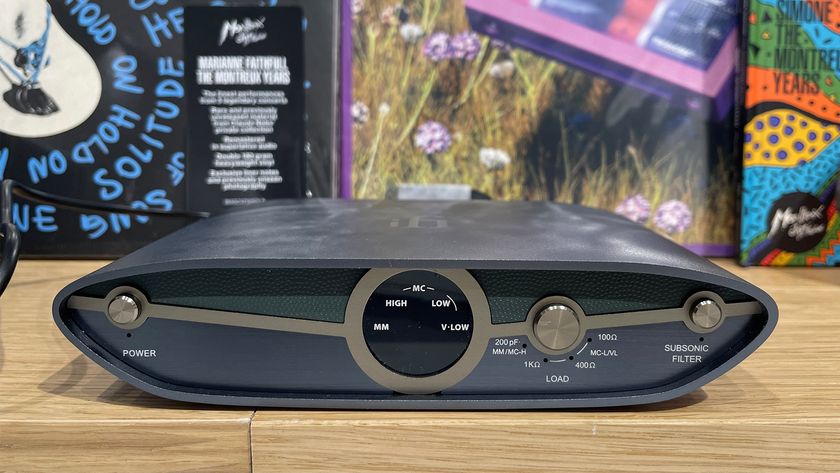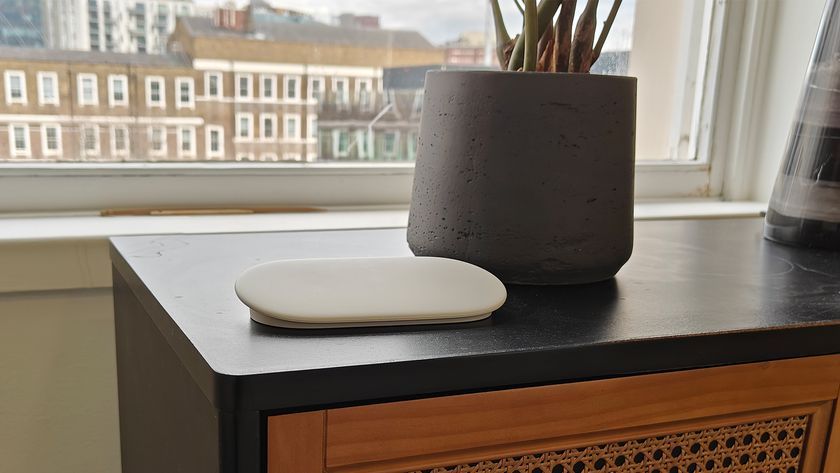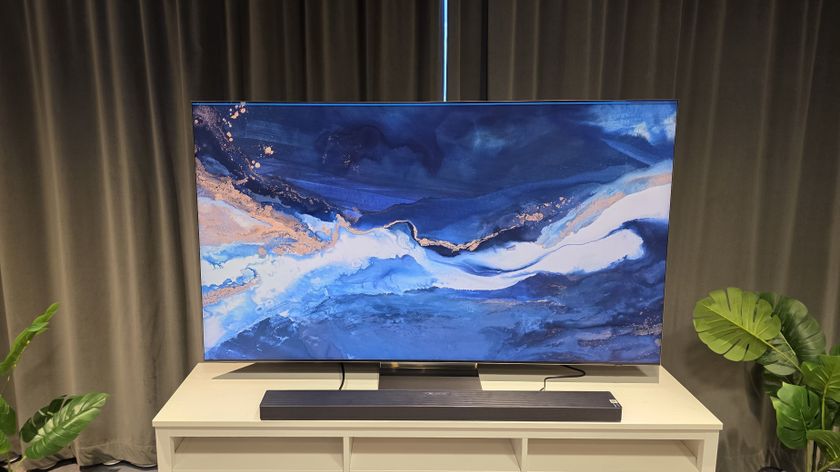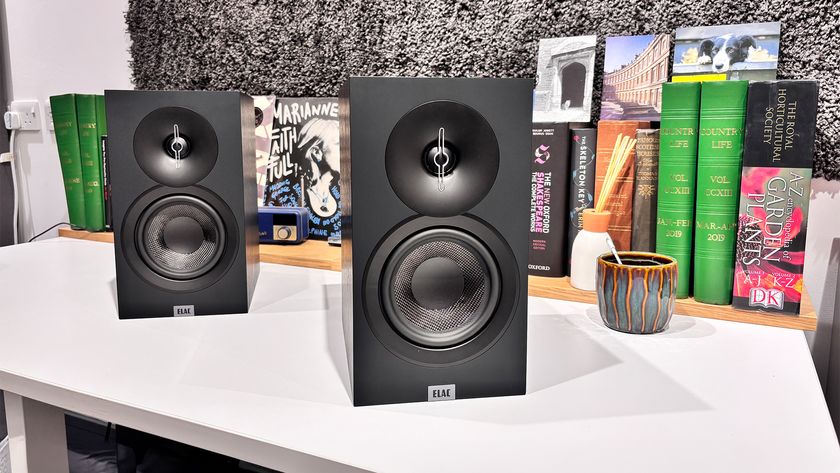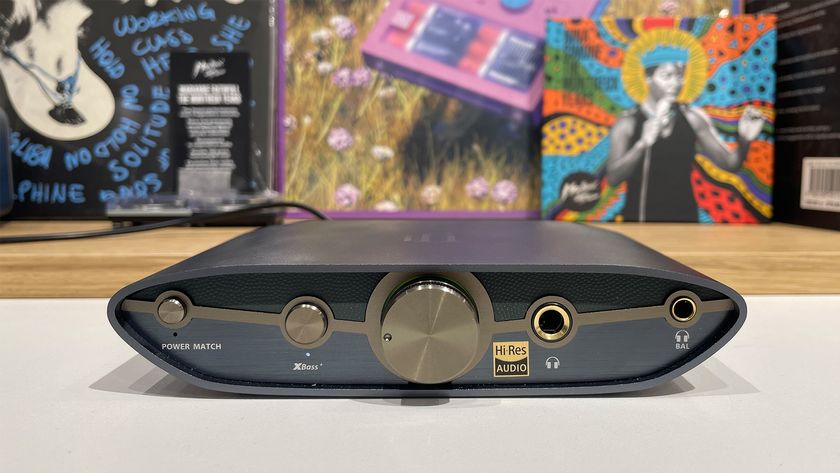What Hi-Fi? Verdict
A good option, especially if you're a fan of Pioneers. However, it can just be bettered in the performance-per-pound stakes
Pros
- +
Excellent levels of clarity and detail
- +
precise effects steering
- +
creates an enveloping surround field
- +
iPod and iPhone compatible
Cons
- -
A hint of brightness
- -
lacks the scale and muscle of some rivals
Why you can trust What Hi-Fi?
Some amps try to impress by showering you with a gazillion inputs and fancy features. This Pioneer doesn't really buy into that approach. Instead, the 'LX52 comes at you from a more thoughtful angle.
There's no provision for fancy height or width channels, and there are only four HDMI inputs on the back of the unit. You could even accuse the 'LX52 of being stingy, if it wasn't for the fact that there's an extra HDMI input conveniently located on the front panel.
This calculated generosity appears on the rear of the amp too, where you'll find dual HDMI outputs so you can fire out a picture to both a projector and flatscreen TV.
Apple iPod/iPhone compatible
And, while other manufacturers have the cheek to make you fork out extra for a compatible iPod dock, Pioneer is generous enough to make the receiver iPod and iPhone compatible, fit it with an iPod compatible USB input – and include the necessary cable.
The remote is nice to use and works well with the Pioneer's on-screen menus. The amp's MCACC speaker calibration system doesn't need ages to take readings and the results are very accurate.
As with the others here, the 'LX52 includes video upconversion, 1080p upscaling and the opportunity to tinker with picture settings. The results are on a par with rivals.
Typical controlled Pioneer sound
Pioneer home cinema amplifiers have a reputation for producing a very focused and controlled sound and the 'LX52 doesn't venture off this well-beaten path.
Bass doesn't have the same sense of scale or muscle as the Onkyo TX-NR807, but notes still sound tight, with the edges clearly defined.
Surround effects skip from speaker to speaker with great agility and, overall, the 'LX52 creates a seamless surround field. Dialogue sounds crisp and transparent but moving further up the frequency range a hint of brightness does creep in.
It's the same story with music. As multichannel amplifiers go, the 'LX52 does a decent job, with good bass and a pleasant midrange.
This Pioneer can't quite match the Denon AVR-2310 in terms of all-round ability, but it does provide a different flavour of sound from the Onkyo. In short, it should certainly be considered.
What Hi-Fi?, founded in 1976, is the world's leading independent guide to buying and owning hi-fi and home entertainment products. Our comprehensive tests help you buy the very best for your money, with our advice sections giving you step-by-step information on how to get even more from your music and movies. Everything is tested by our dedicated team of in-house reviewers in our custom-built test rooms in London, Reading and Bath. Our coveted five-star rating and Awards are recognised all over the world as the ultimate seal of approval, so you can buy with absolute confidence.
